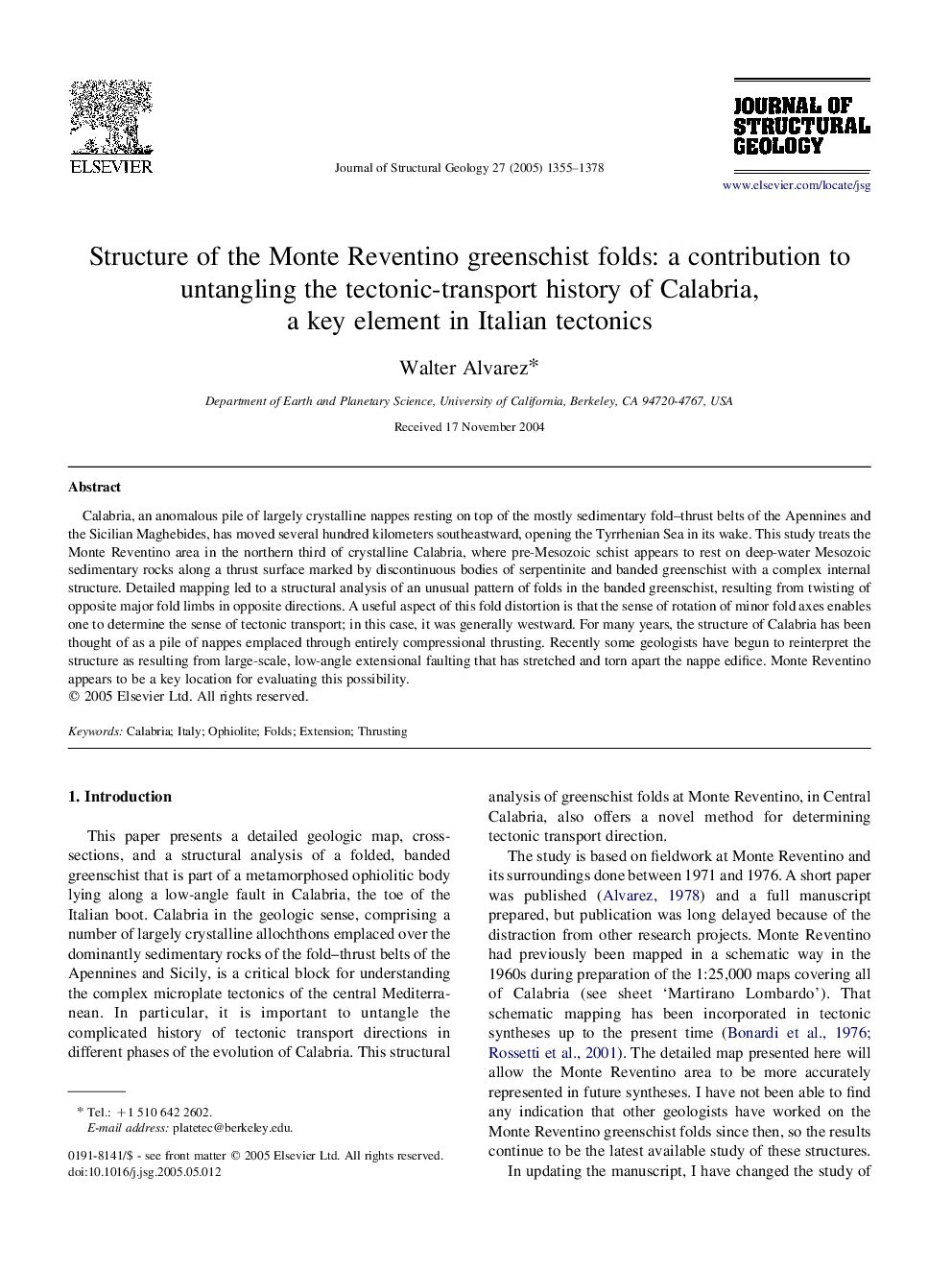| Article ID | Journal | Published Year | Pages | File Type |
|---|---|---|---|---|
| 9536202 | Journal of Structural Geology | 2005 | 24 Pages |
Abstract
Calabria, an anomalous pile of largely crystalline nappes resting on top of the mostly sedimentary fold-thrust belts of the Apennines and the Sicilian Maghebides, has moved several hundred kilometers southeastward, opening the Tyrrhenian Sea in its wake. This study treats the Monte Reventino area in the northern third of crystalline Calabria, where pre-Mesozoic schist appears to rest on deep-water Mesozoic sedimentary rocks along a thrust surface marked by discontinuous bodies of serpentinite and banded greenschist with a complex internal structure. Detailed mapping led to a structural analysis of an unusual pattern of folds in the banded greenschist, resulting from twisting of opposite major fold limbs in opposite directions. A useful aspect of this fold distortion is that the sense of rotation of minor fold axes enables one to determine the sense of tectonic transport; in this case, it was generally westward. For many years, the structure of Calabria has been thought of as a pile of nappes emplaced through entirely compressional thrusting. Recently some geologists have begun to reinterpret the structure as resulting from large-scale, low-angle extensional faulting that has stretched and torn apart the nappe edifice. Monte Reventino appears to be a key location for evaluating this possibility.
Related Topics
Physical Sciences and Engineering
Earth and Planetary Sciences
Geology
Authors
Walter Alvarez,
